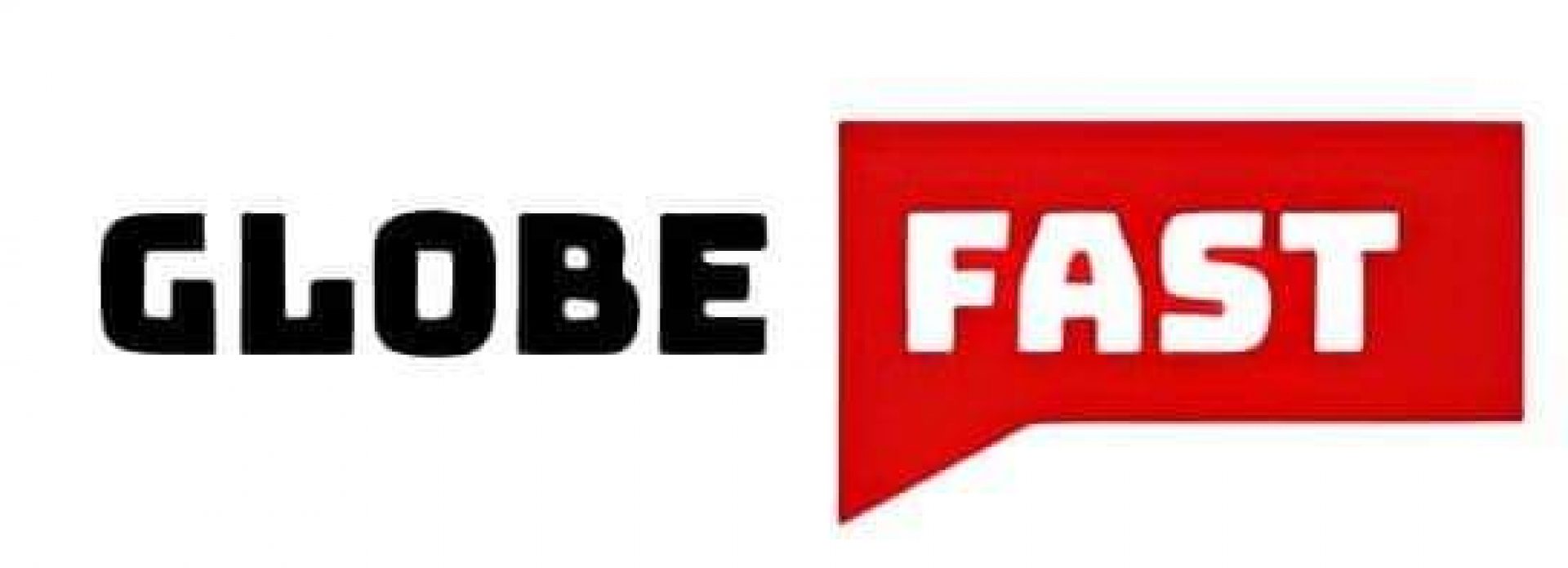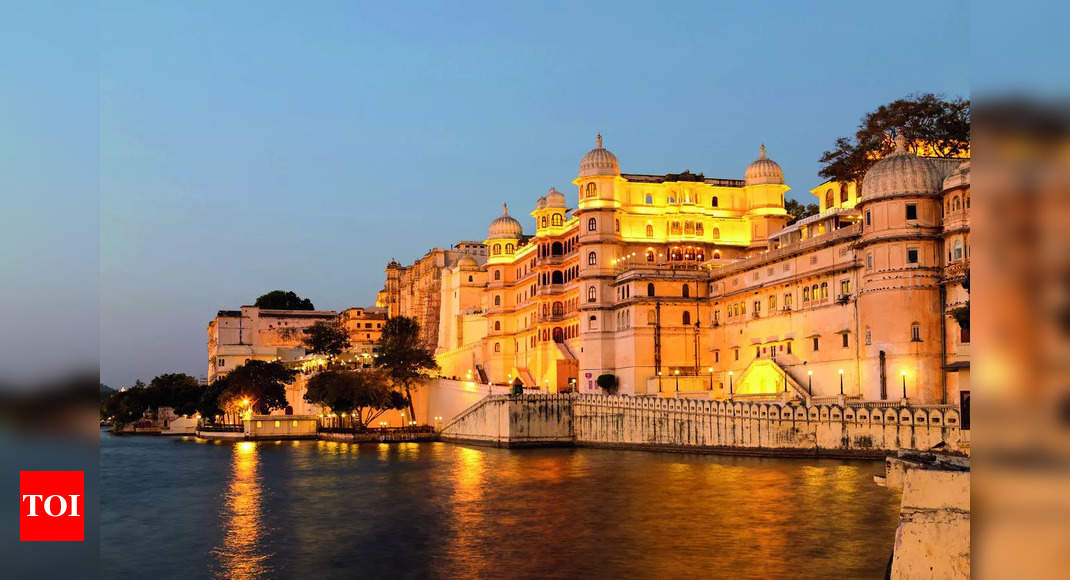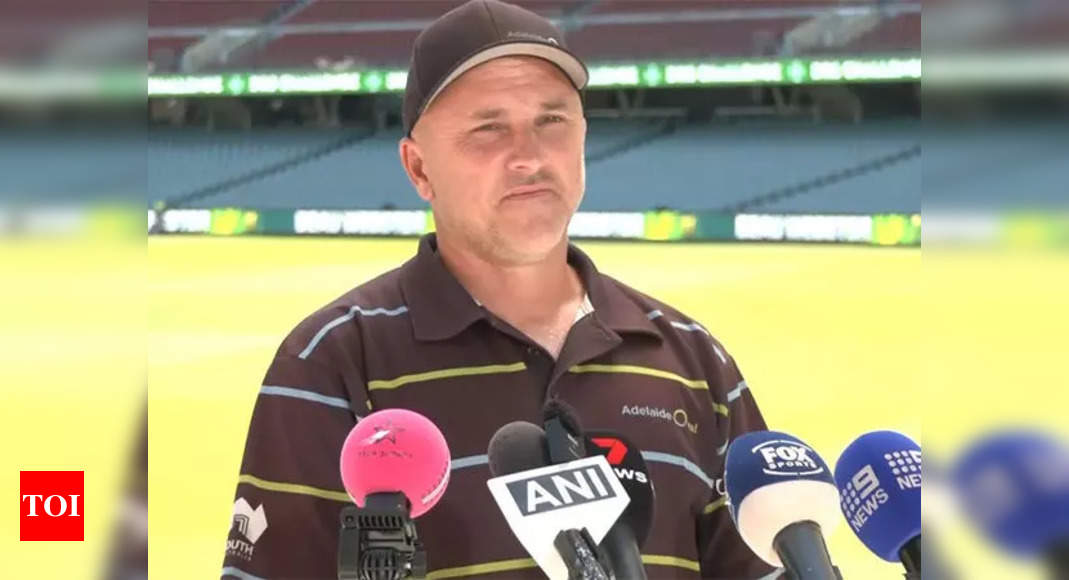

One of India’s worst GDP growth misses in recent memory is suddenly adding more pressure on central bank Governor Shaktikanta Das, who still hasn’t gotten an extension even though his term expires next week.
Economists are speculating over the future of Das in the wake of data showing the South Asian economy expanded 5.4% from July to September, a seven-quarter low and far below the Reserve Bank of India’s 7% projection. While Das has been widely expected to extend his six-year run as governor, Prime Minister Narendra Modi’s government has yet to provide clarity on his position while stepping up calls for a interest rate cut.
All but seven of 43 economists expect the central bank on Friday to hold its benchmark repurchase rate at 6.5% — the level it has maintained for almost two years. India’s inflation in October accelerated to a 14-month high of 6.21% largely due to surging food prices, above the upper band of the government-mandated inflation target of 4%, plus or minus two percentage points.
The slowdown should be a “wake up call for the RBI,” said Radhika Piplani, an economist with DAM Capital Advisors Ltd.
“The next rate decision is live for a policy action and will be keenly watched for reasons behind the GDP miss,” she added. “If the central bank doesn’t ease now, it could be forced to compensate with a larger-than-expected cut in February.”
The slump in growth has also sharpened the debate over whether the central bank is doing enough to support the world’s fastest-growing major economy, as core inflation — which excludes volatile food and energy prices — remains subdued. Finance Minister Nirmala Sitharaman and Commerce Minister Piyush Goyal have both called for lower borrowing costs in recent months, and some economists have said the RBI could be doing more to encourage lending to boost growth.
More broadly, the lackluster economic growth is taking some of the shine off India among global investors lured by the prospect of an expansion that Das has said is moving toward 8% per year. Foreign inflows in equities have resumed in recent weeks, after two months of declines, amid wagers of rate cuts in the policy, while the rupee has been recording new lows amid global headwinds.
Das last month ruled out an immediate rate cut even after the RBI adopted a neutral policy stance, saying there were significant risks to inflation from rising global commodity prices and continuing geopolitical conflicts. He also said India’s economy was “sailing through smoothly” compared with the rest of the world.
Yet after the latest quarterly gross domestic product figures, economists lowered their growth estimates for the year through March 2025. Goldman Sachs Group dropped its forecast to 6% from 6.4%, below the RBI’s projection of 7%.
“India is indeed slowing down and RBI is in quandary,” wrote Suresh Ganapathy, head of financial services research at Macquarie Capital Securities in a note to clients on Monday. “However, with the recent GDP data, there will be pressure on RBI to cut rates by February 2025” as inflation remains high, he said.
Other economists argue that February may be too late.
Gaura Sen Gupta, an economist with IDFC First Bank Ltd., said she wouldn’t “recommend waiting for February to cut policy rates, given the transmission lags.” Deutsche Bank’s Kaushik Das said he expected the RBI to first cut the cash reserve requirement to improve the liquidity position, so that rate cut transmission happen “swiftly, once the repo rate is lowered.”
Next Governor
It’s also unclear who among the three senior RBI officials in the six-member monetary policy committee will be around in February, with the contract for Das set to expire on Dec. 10. Back in 2021, when he was last given an extension, the government had announced it more than a month in advance.
The term for Deputy Governor Michael Patra, who has been on the rate-setting panel since its inception in 2016, ends next month. In October, the government appointed three new external members to the MPC.
“The relative inexperience of the MPC, coupled with uncertainty surrounding Governor Das’ tenure, add on to monetary policy challenges at a time when both growth and inflation have deviated significantly from the central bank’s anticipated trajectory,” said Priyanka Kishore, an economist at Singapore-based consulting firm Asia Decoded Pte.
Das himself has largely refrained from discussing his own future, telling Bloomberg a few months ago that he’s focused on his work at the RBI.
“Already my table is full, so I have no time to really think of what next,” he said on Oct. 18. “We will see.”







